Details of the Target
General Information of Target
Target Site Mutations in Different Cell Lines
| Cell line | Mutation details | Probe for labeling this protein in this cell | |||
|---|---|---|---|---|---|
| ICC10 | Insertion: p.A83SfsTer26 | DBIA Probe Info | |||
| ICC106 | Insertion: p.A83SfsTer26 | DBIA Probe Info | |||
| ICC108 | Insertion: p.A83SfsTer26 | DBIA Probe Info | |||
| KELLY | SNV: p.A13P | DBIA Probe Info | |||
| KMRC20 | SNV: p.A3E | DBIA Probe Info | |||
| KYM1 | SNV: p.T256P | DBIA Probe Info | |||
Probe(s) Labeling This Target
ABPP Probe
| Probe name | Structure | Binding Site(Ratio) | Interaction ID | Ref | |
|---|---|---|---|---|---|
|
C-Sul Probe Info |
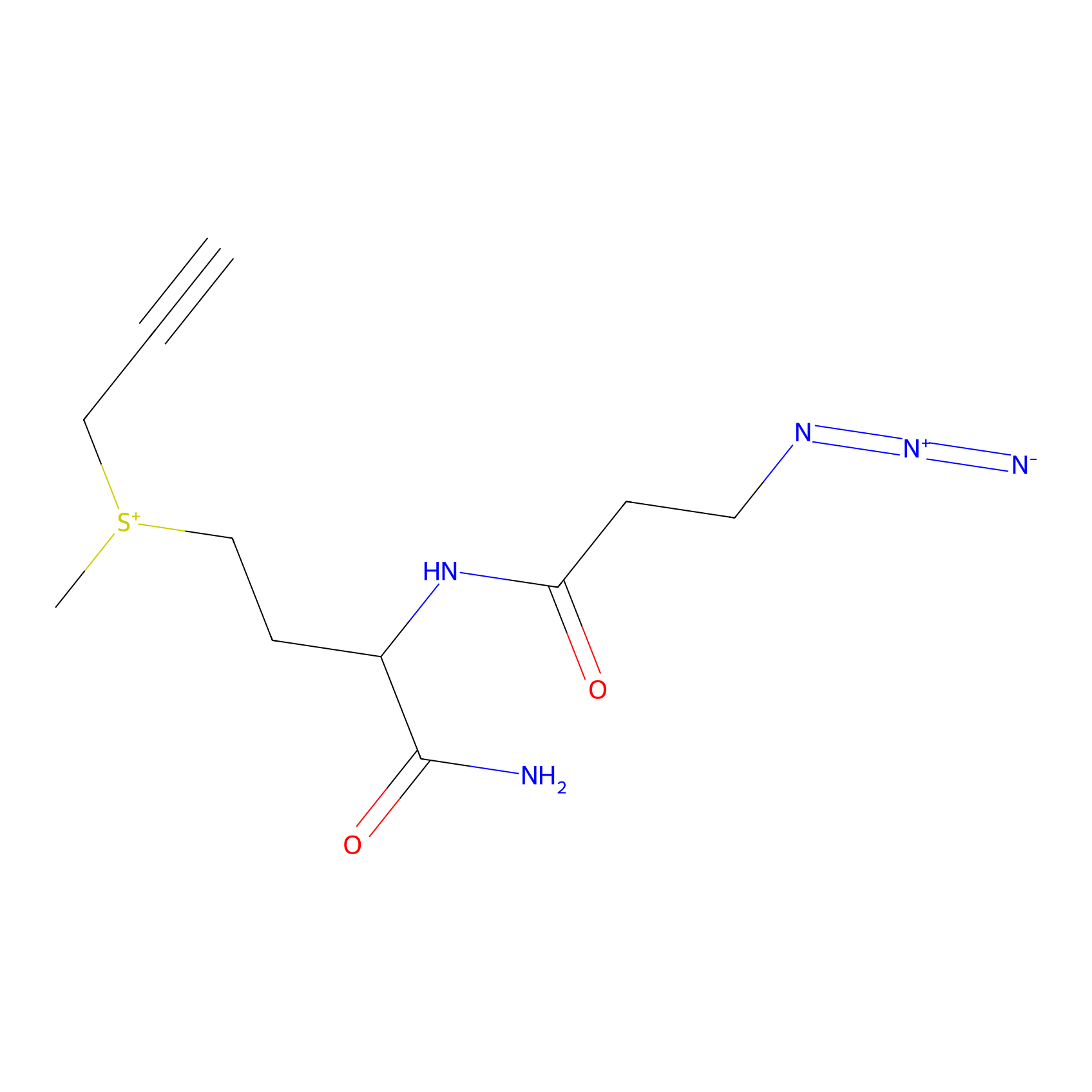 |
5.57 | LDD0066 | [1] | |
|
TH211 Probe Info |
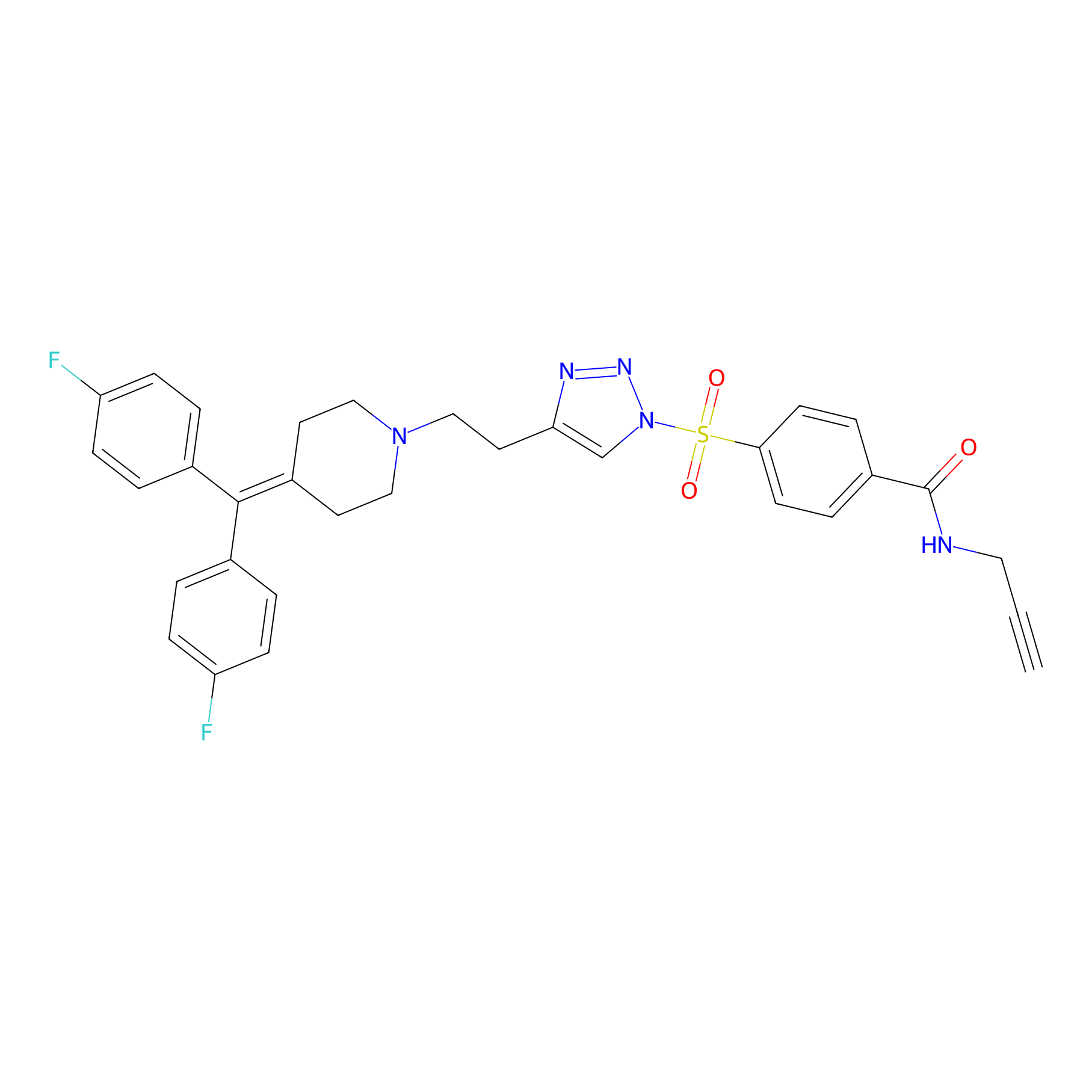 |
Y181(6.30) | LDD0257 | [2] | |
|
IPM Probe Info |
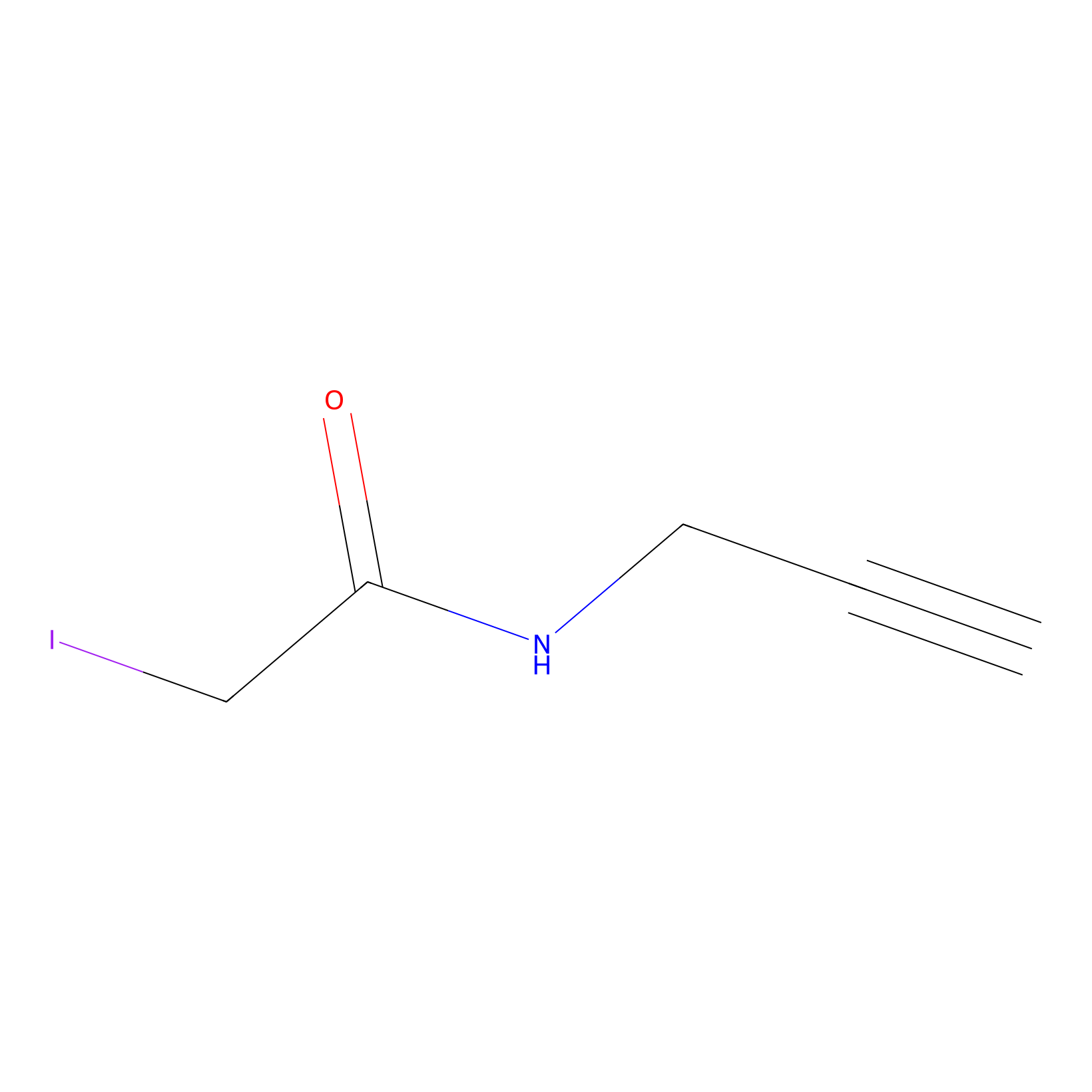 |
N.A. | LDD0241 | [3] | |
|
DBIA Probe Info |
 |
C222(0.98); C232(1.02) | LDD3310 | [4] | |
|
BTD Probe Info |
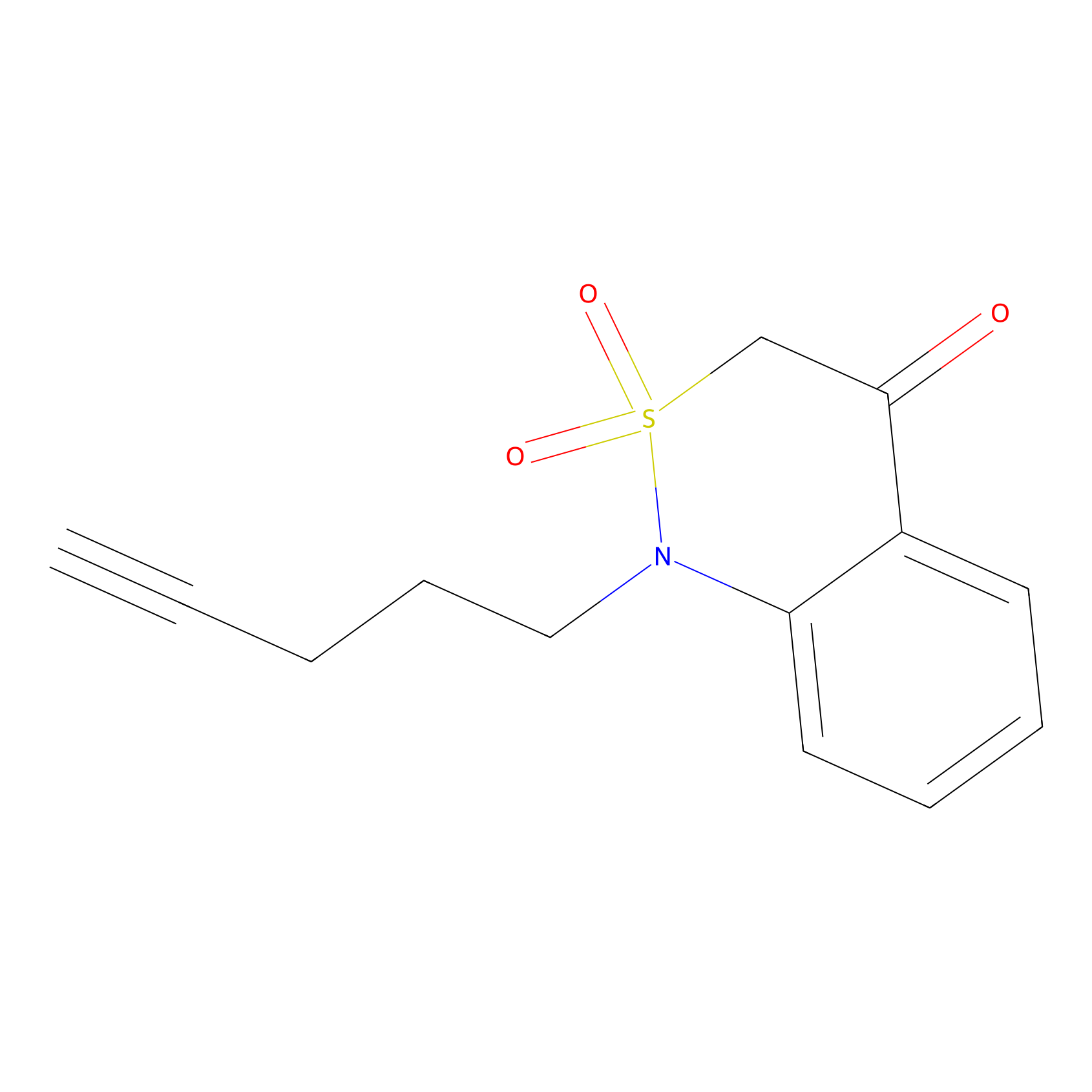 |
C205(0.20) | LDD2116 | [5] | |
|
AHL-Pu-1 Probe Info |
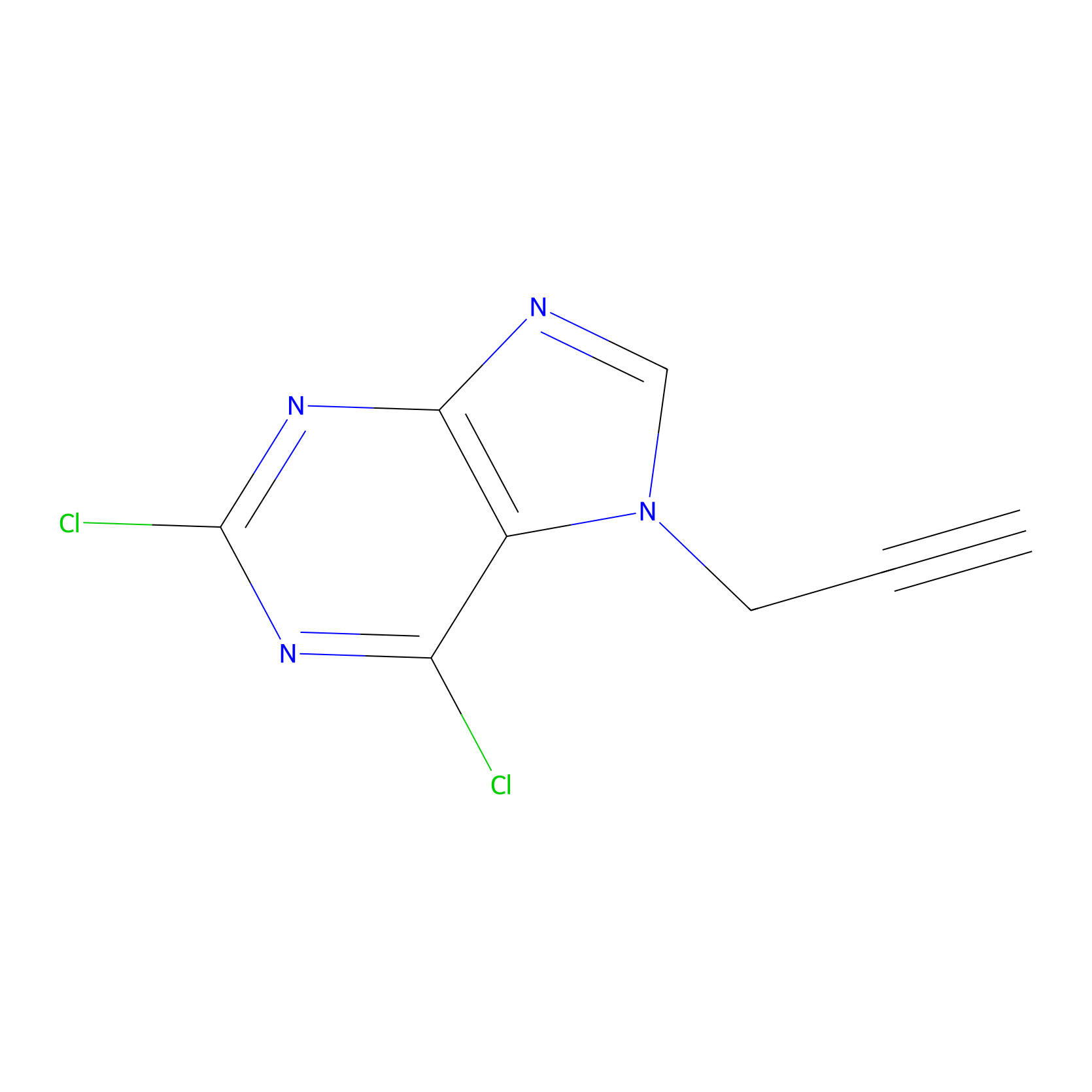 |
C205(2.16) | LDD0169 | [6] | |
|
HHS-465 Probe Info |
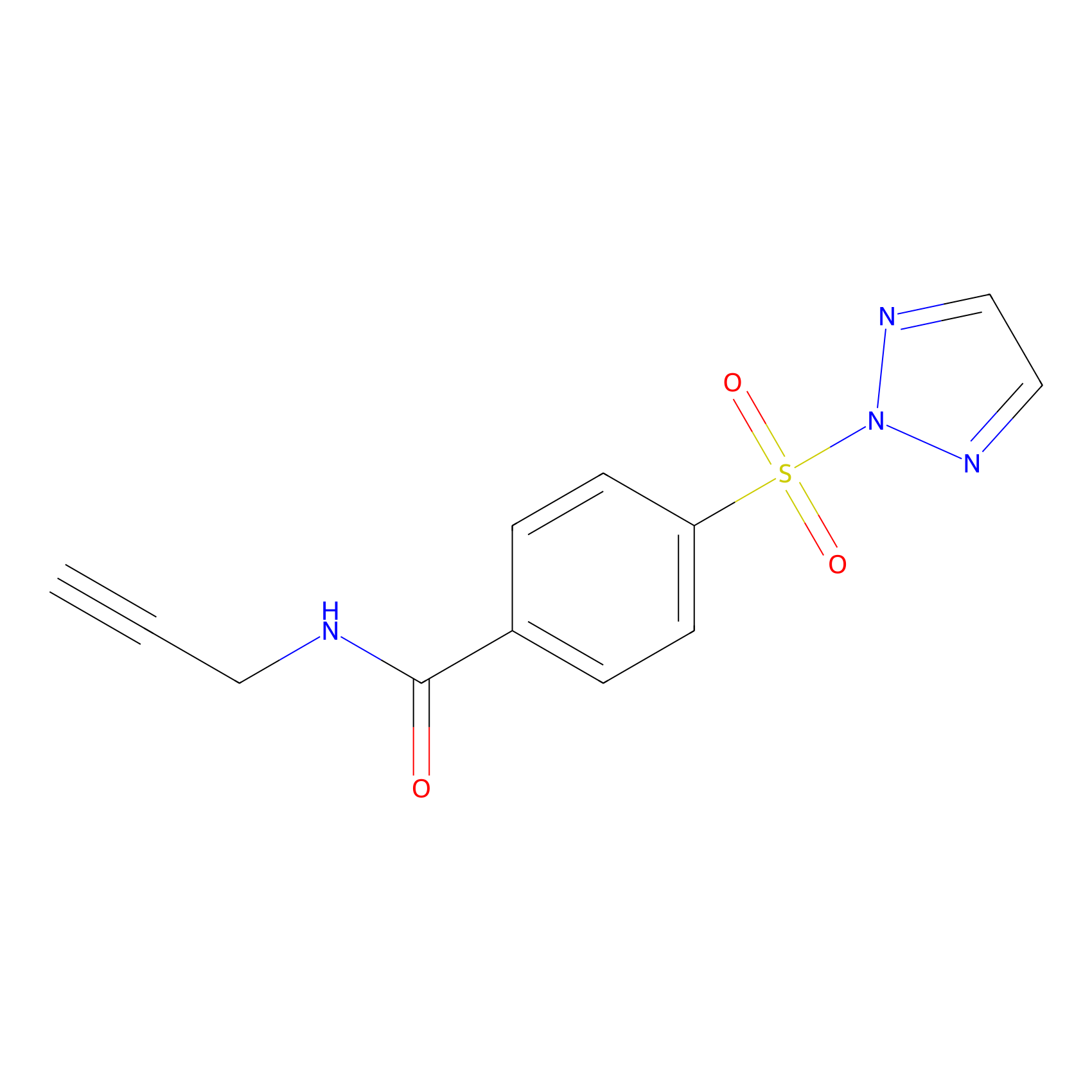 |
Y181(2.11) | LDD2237 | [7] | |
|
m-APA Probe Info |
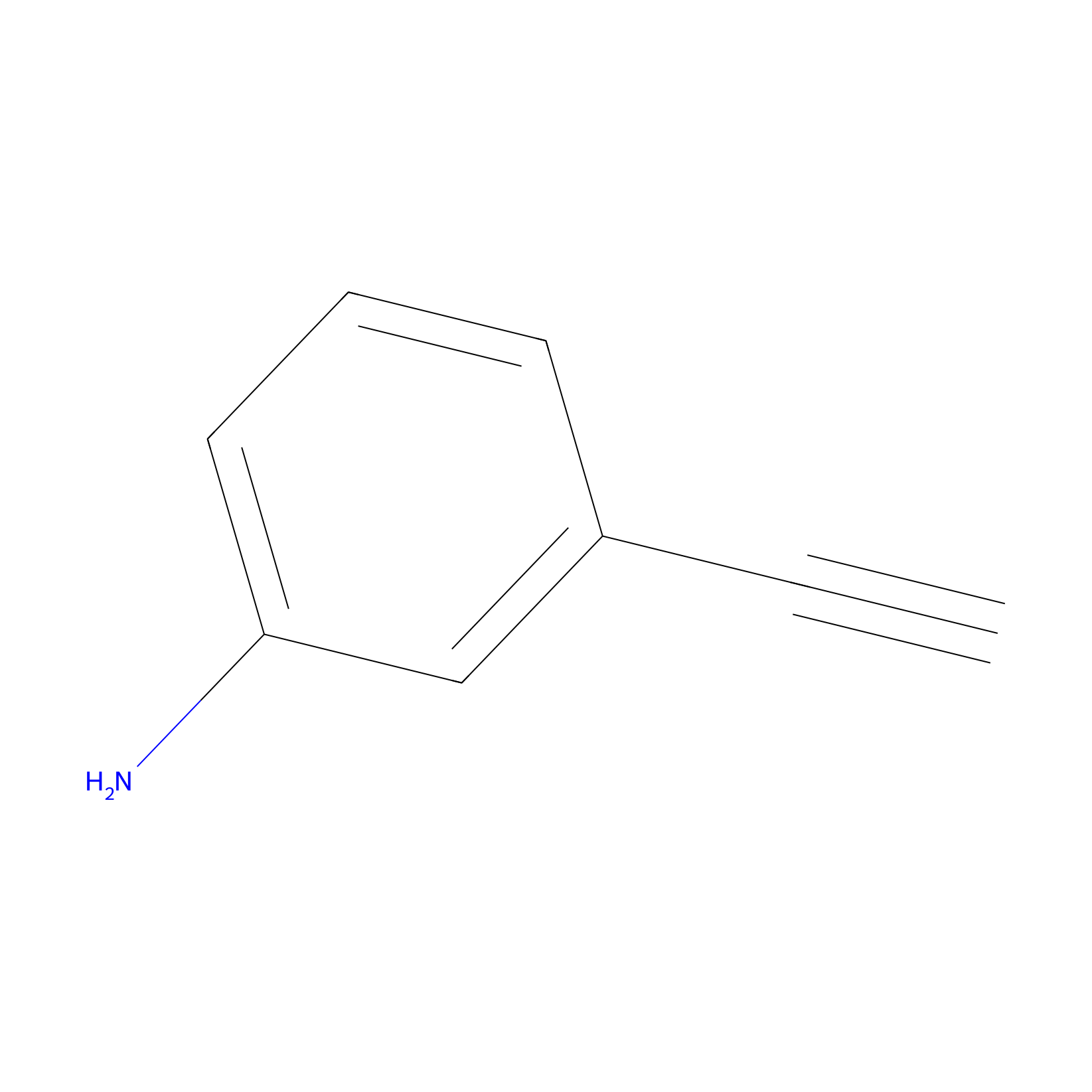 |
N.A. | LDD2231 | [8] | |
|
4-Iodoacetamidophenylacetylene Probe Info |
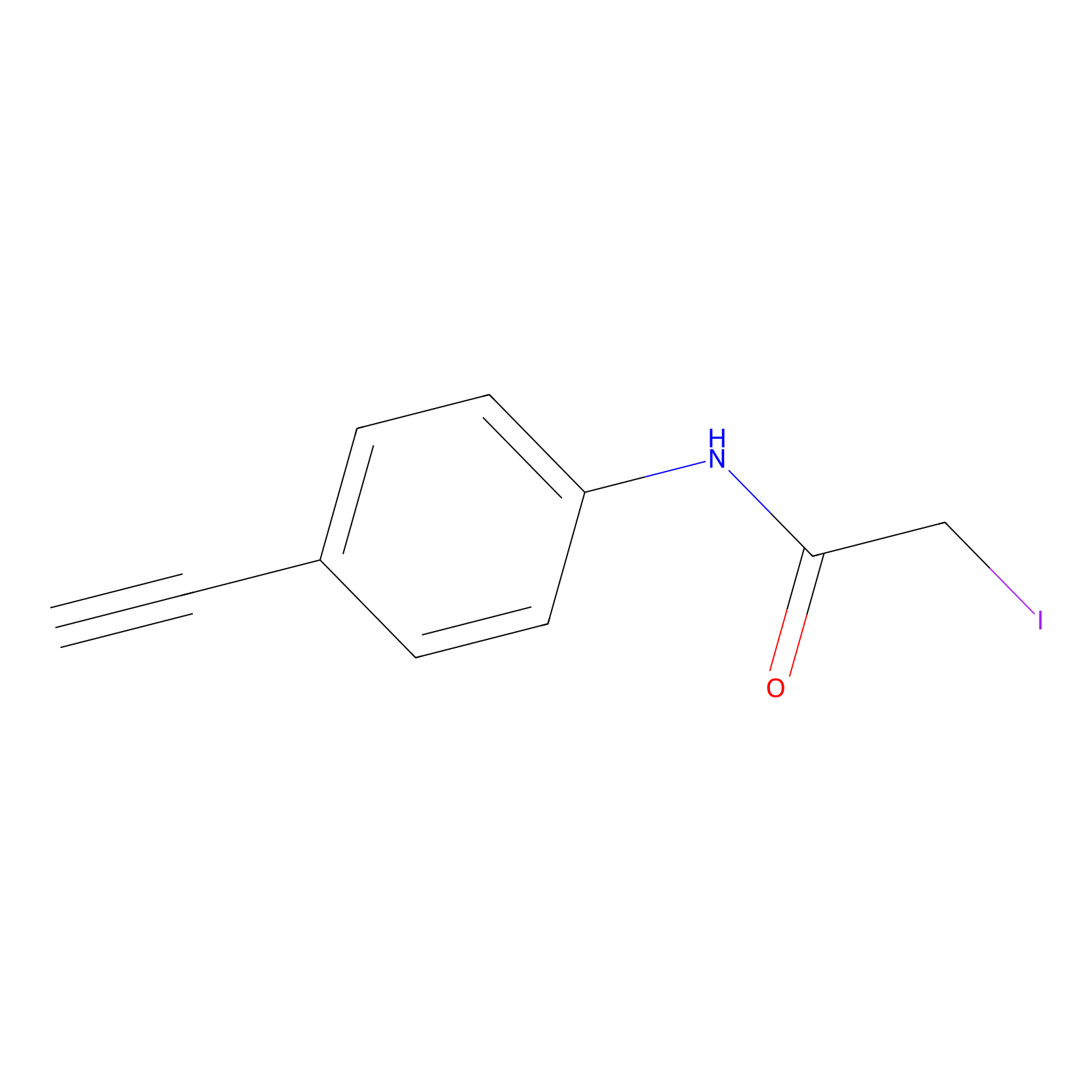 |
C195(0.00); C205(0.00) | LDD0038 | [9] | |
|
IA-alkyne Probe Info |
 |
C195(0.00); C205(0.00) | LDD0036 | [9] | |
|
IPIAA_H Probe Info |
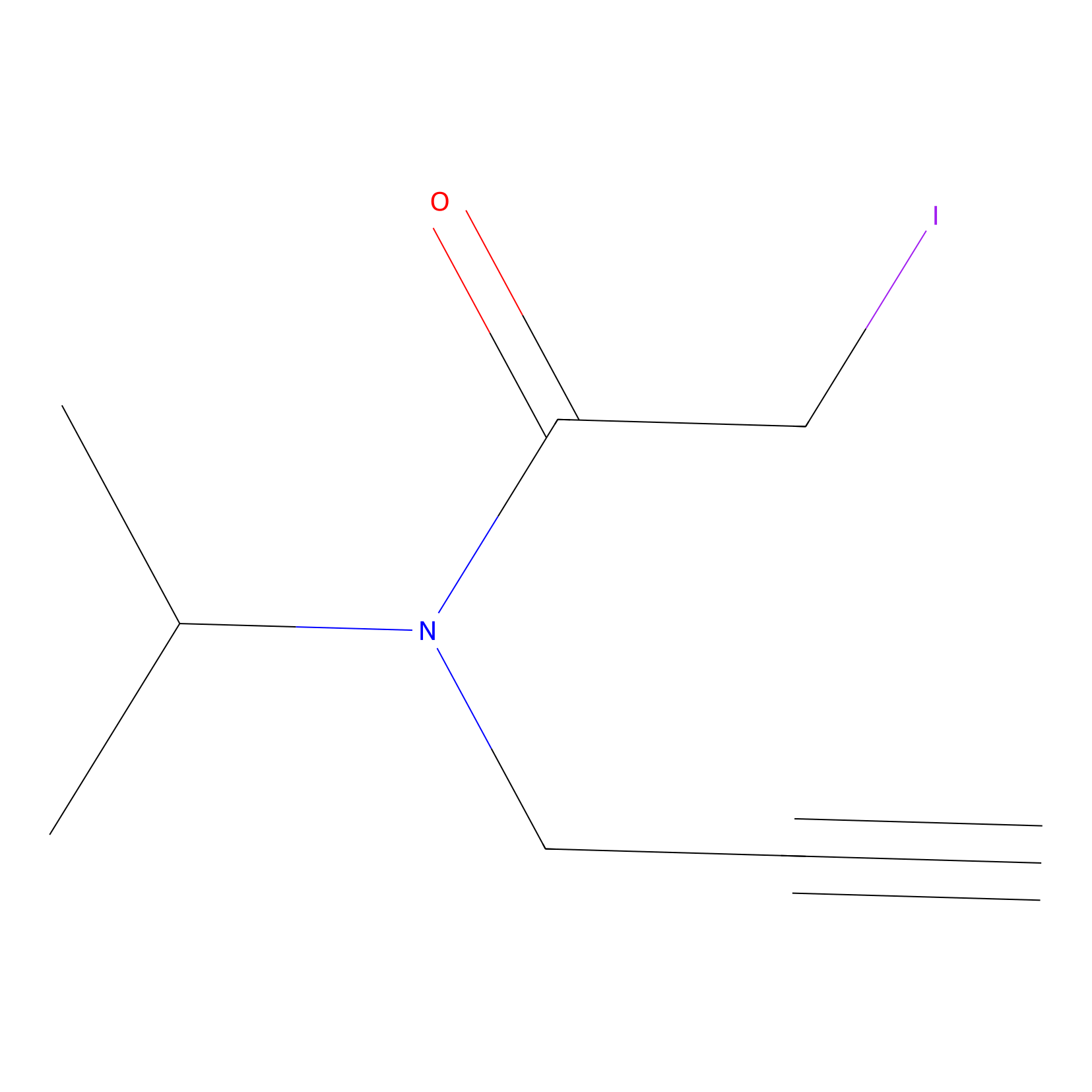 |
N.A. | LDD0030 | [10] | |
|
IPIAA_L Probe Info |
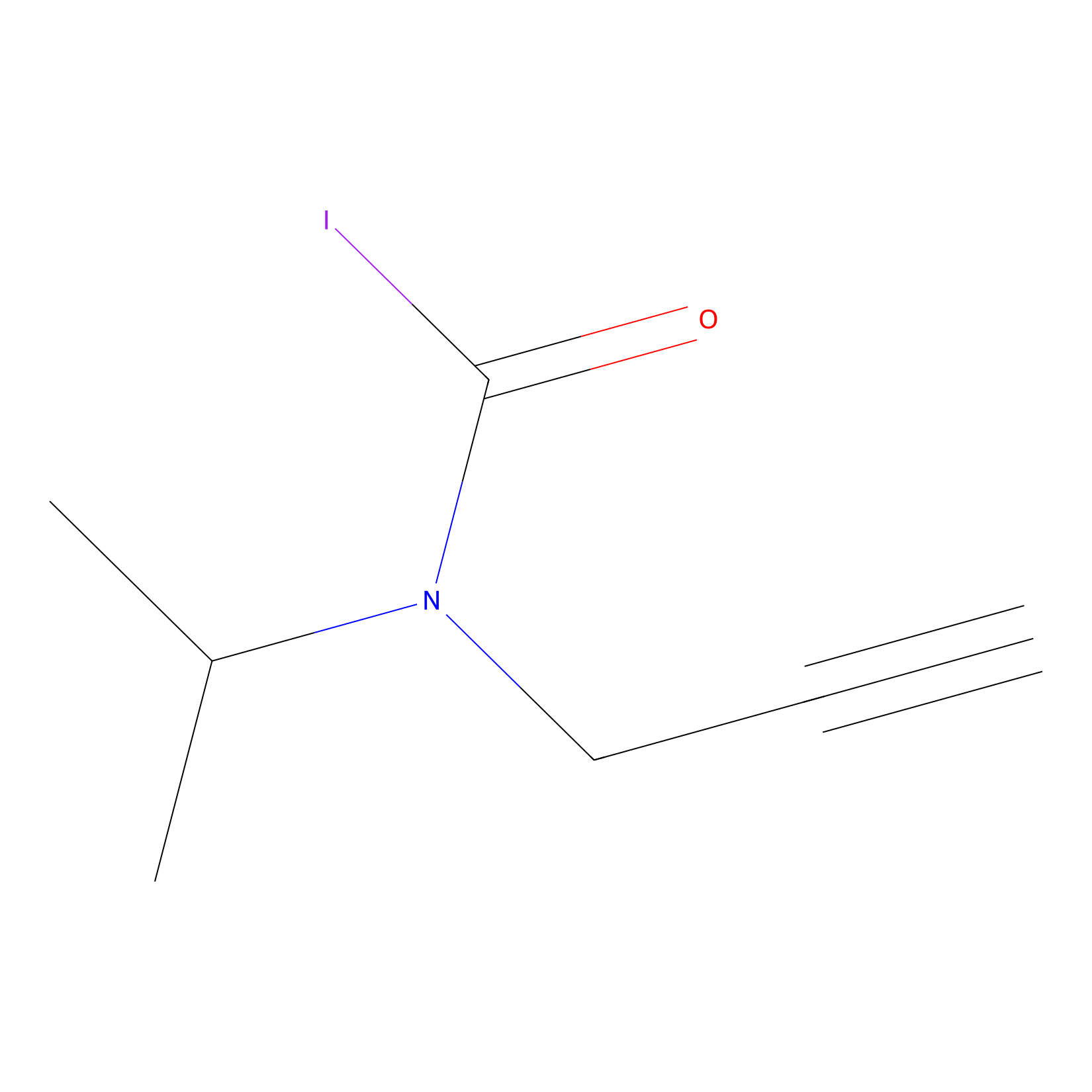 |
C205(0.00); C195(0.00) | LDD0031 | [10] | |
|
Lodoacetamide azide Probe Info |
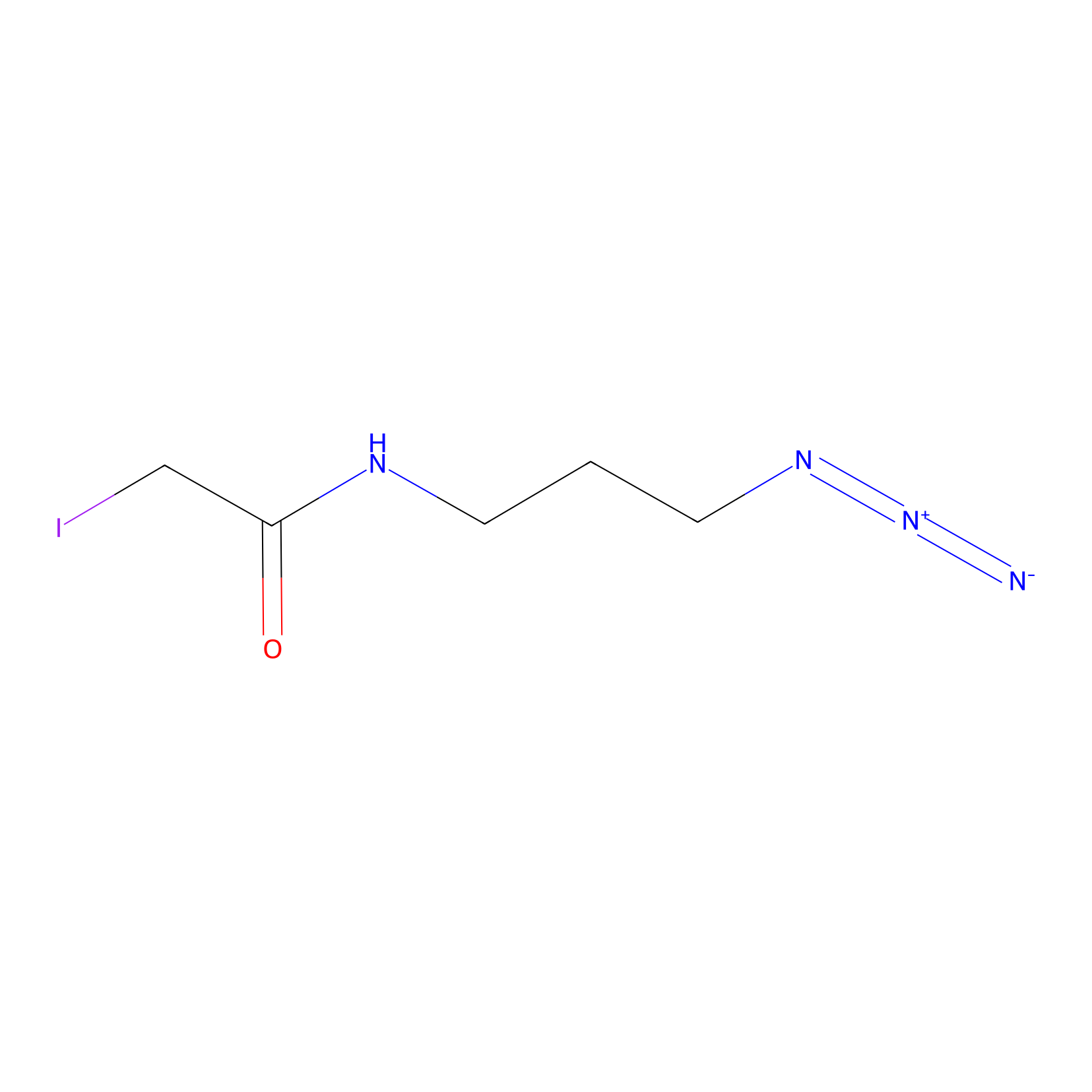 |
C195(0.00); C205(0.00) | LDD0037 | [9] | |
|
TFBX Probe Info |
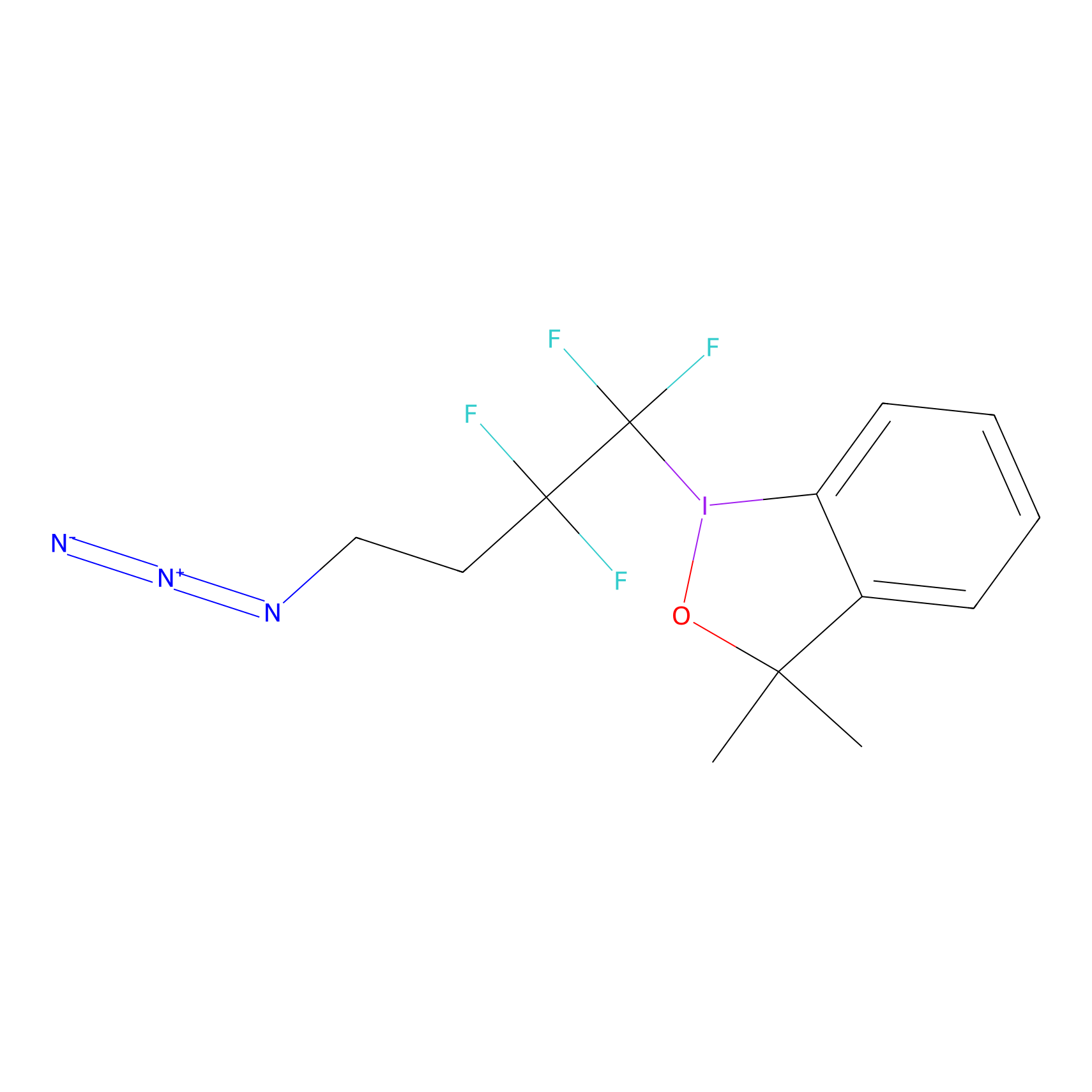 |
N.A. | LDD0027 | [11] | |
|
Compound 10 Probe Info |
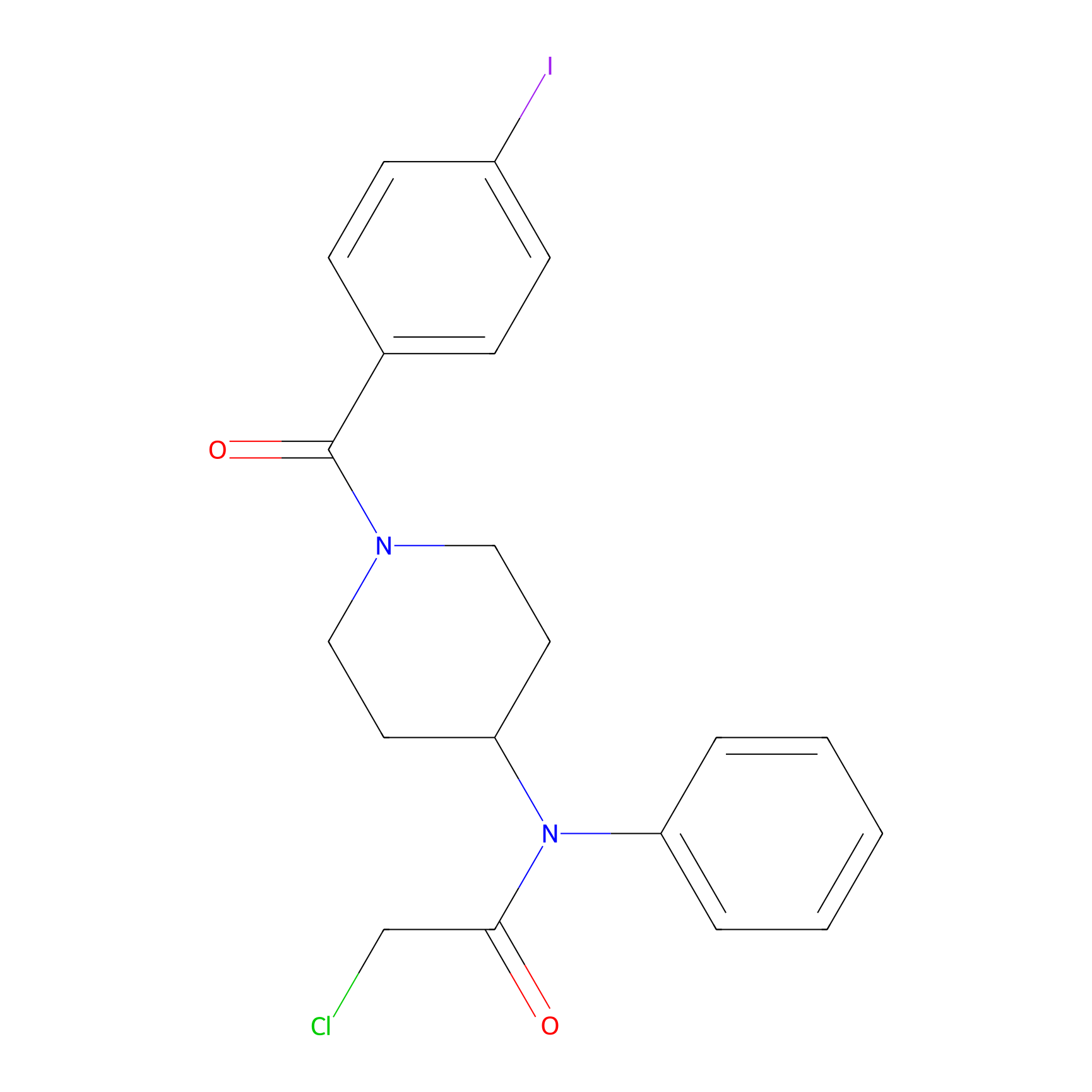 |
N.A. | LDD2216 | [12] | |
|
PF-06672131 Probe Info |
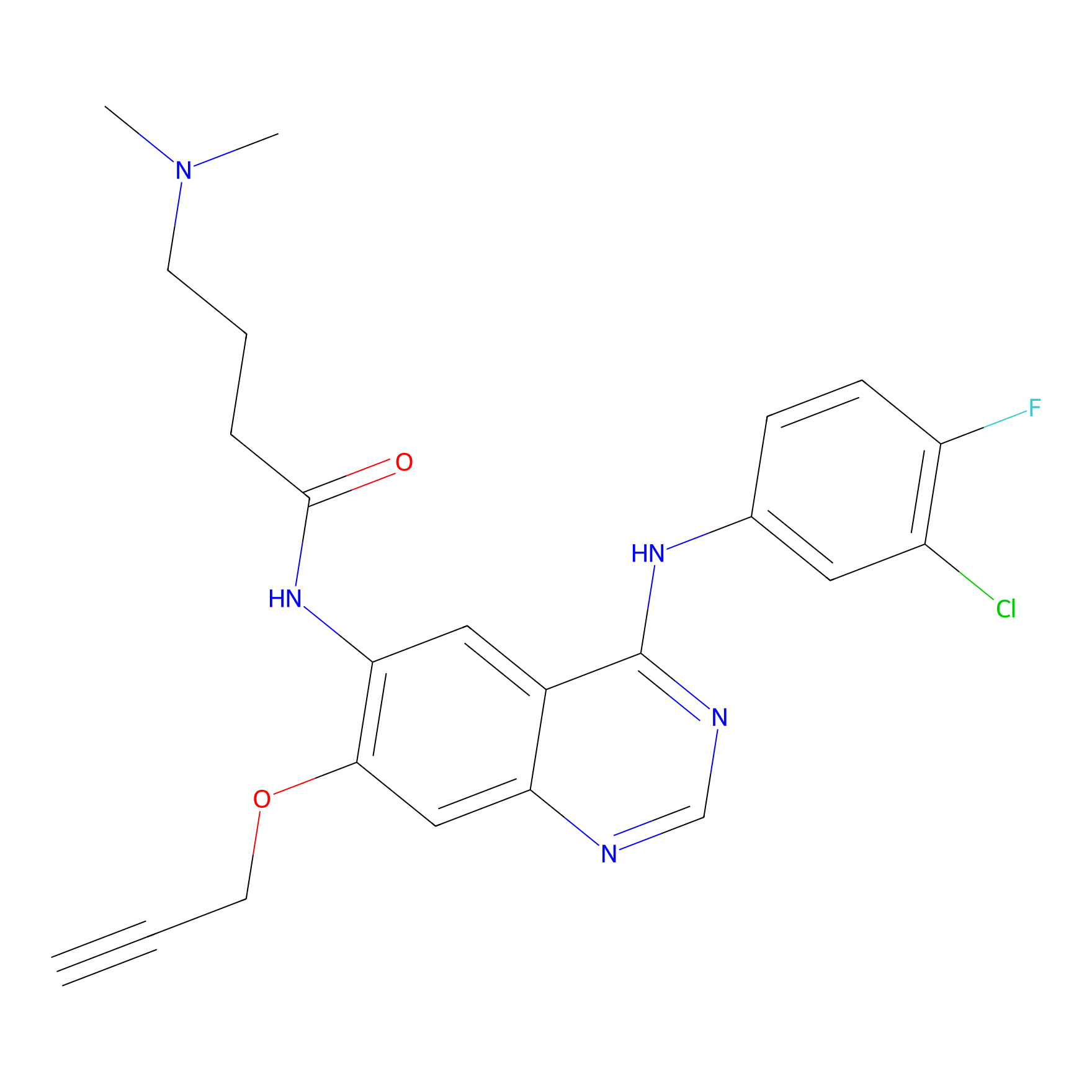 |
N.A. | LDD0017 | [13] | |
|
Acrolein Probe Info |
 |
C195(0.00); C205(0.00) | LDD0217 | [14] | |
|
Methacrolein Probe Info |
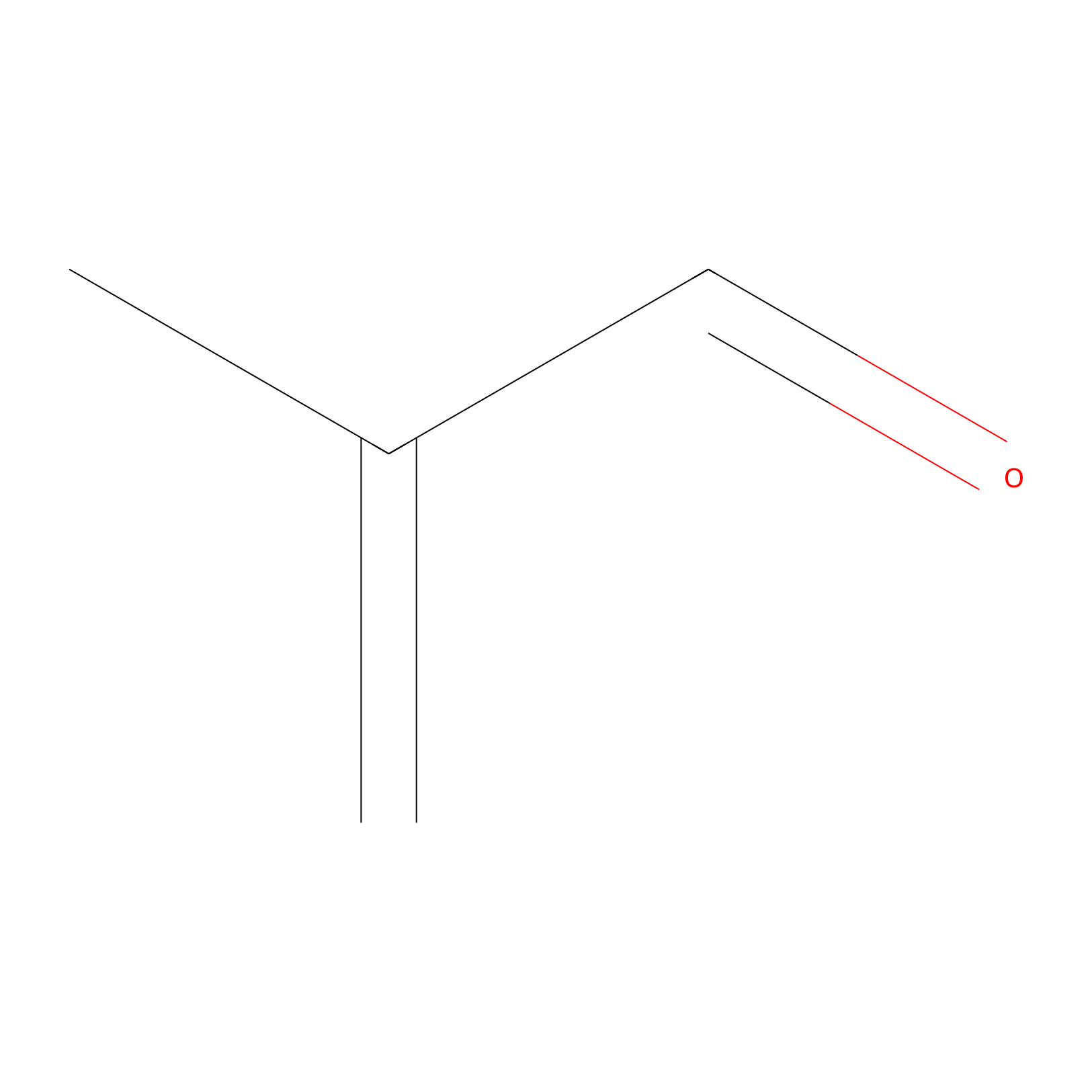 |
N.A. | LDD0218 | [14] | |
|
W1 Probe Info |
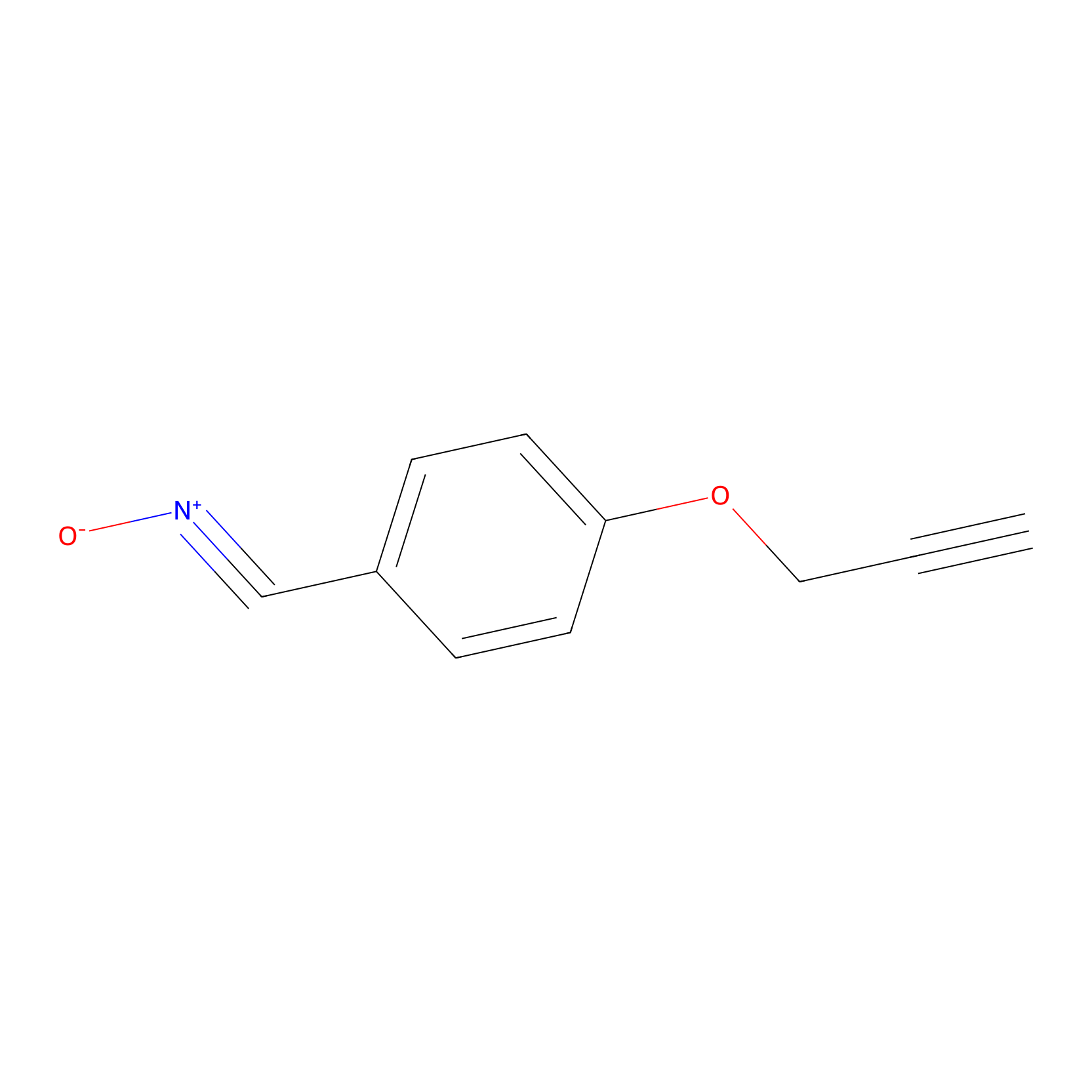 |
N.A. | LDD0236 | [3] | |
|
HHS-482 Probe Info |
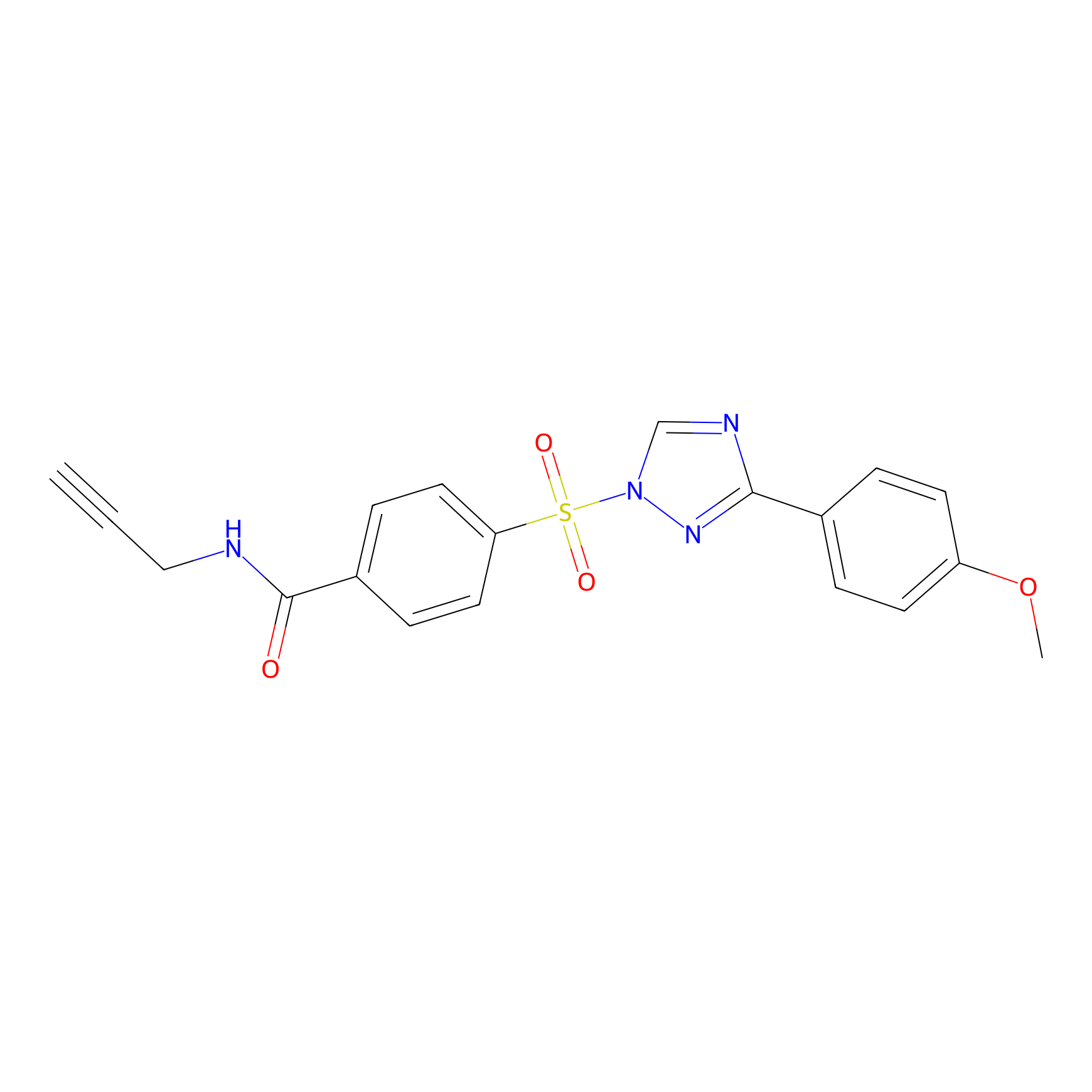 |
Y273(0.60) | LDD2239 | [7] | |
PAL-AfBPP Probe
| Probe name | Structure | Binding Site(Ratio) | Interaction ID | Ref | |
|---|---|---|---|---|---|
|
FFF probe2 Probe Info |
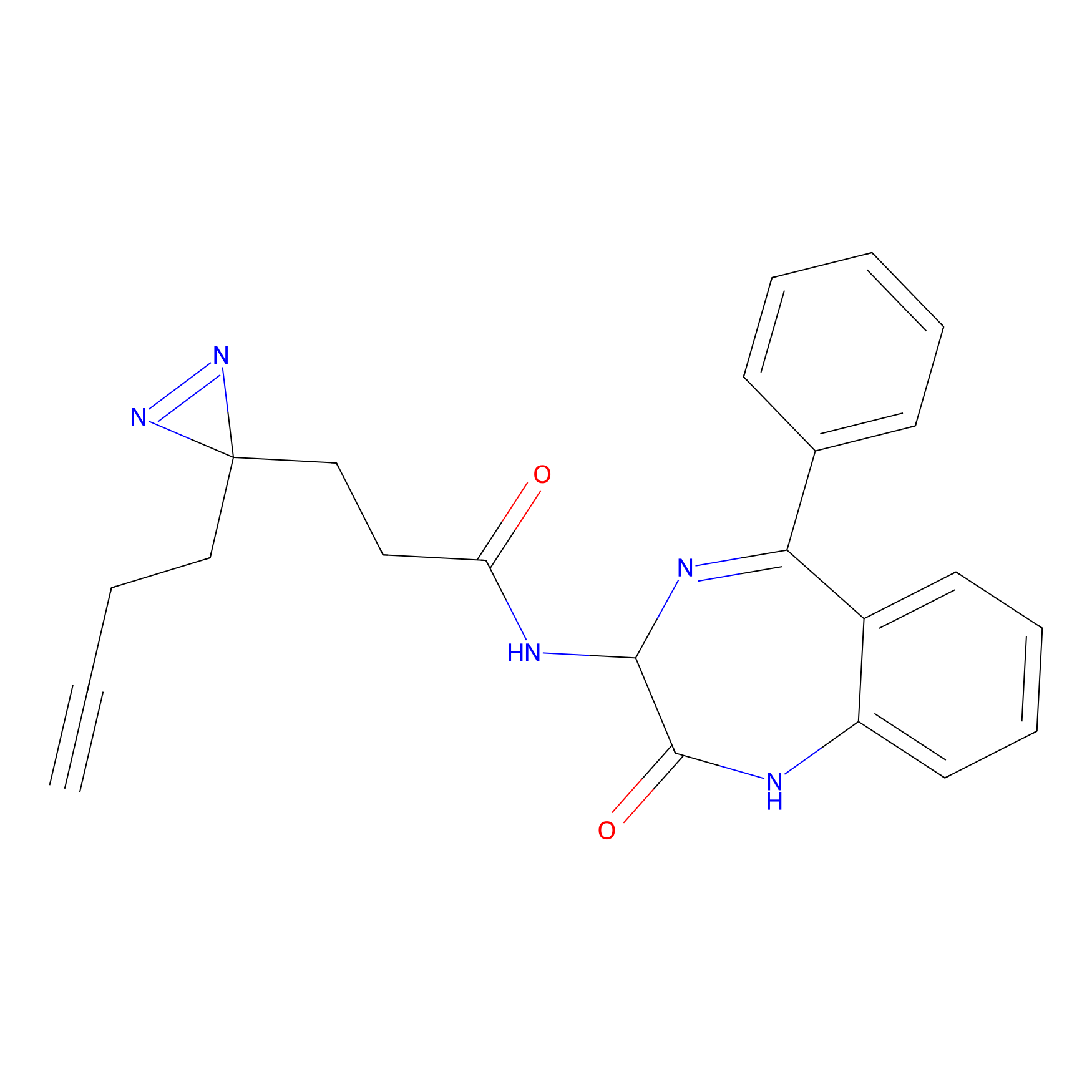 |
20.00 | LDD0463 | [15] | |
|
FFF probe3 Probe Info |
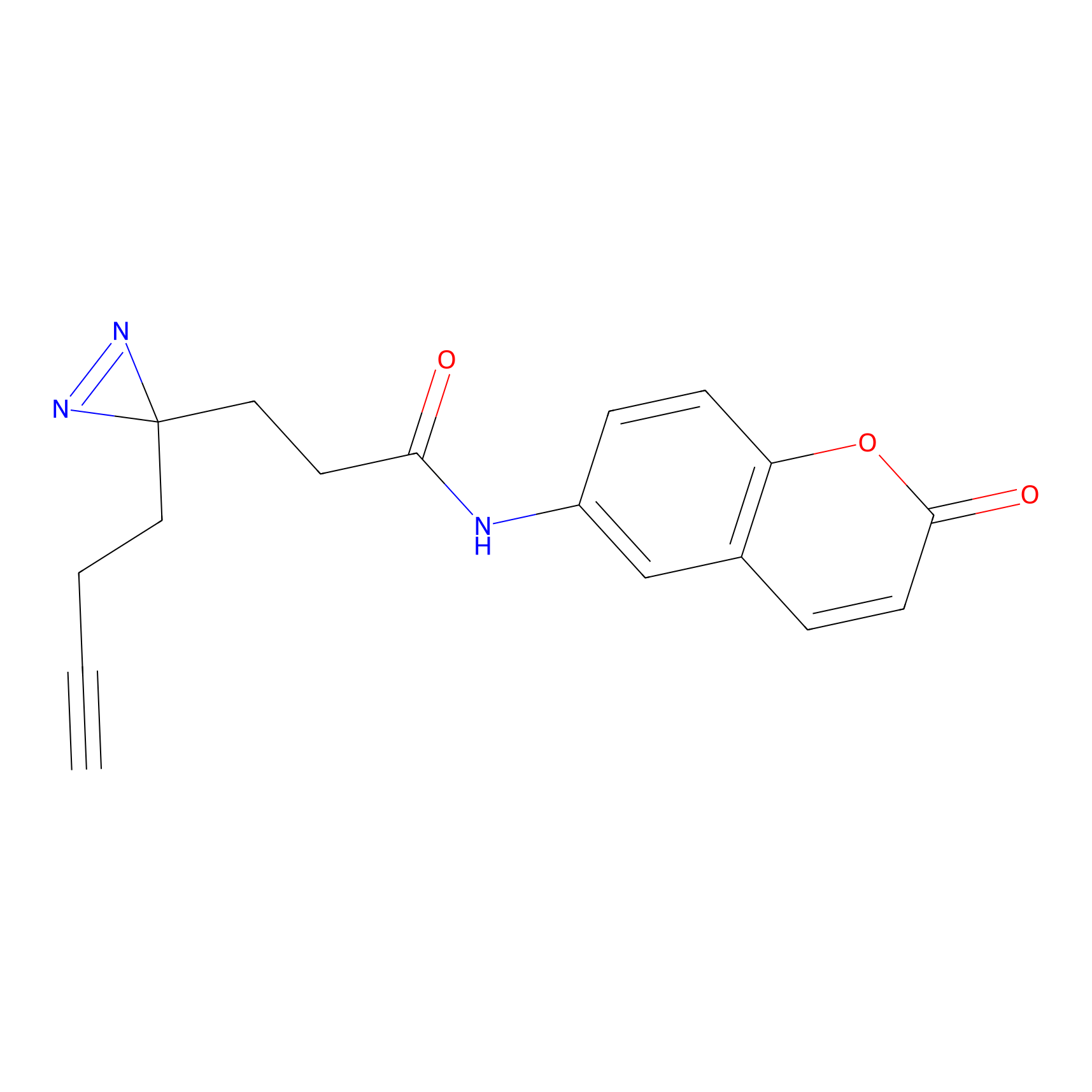 |
11.13 | LDD0464 | [15] | |
Competitor(s) Related to This Target
| Competitor ID | Name | Cell line | Binding Site(Ratio) | Interaction ID | Ref |
|---|---|---|---|---|---|
| LDCM0524 | 2-Cyano-N-(2-morpholin-4-yl-ethyl)-acetamide | MDA-MB-231 | C205(0.87) | LDD2117 | [5] |
| LDCM0026 | 4SU-RNA+native RNA | HEK-293T | C205(2.16) | LDD0169 | [6] |
| LDCM0108 | Chloroacetamide | HeLa | C195(0.00); C205(0.00) | LDD0222 | [14] |
| LDCM0625 | F8 | Ramos | C205(1.96) | LDD2187 | [16] |
| LDCM0572 | Fragment10 | Ramos | C205(0.75) | LDD2189 | [16] |
| LDCM0573 | Fragment11 | Ramos | C205(0.16) | LDD2190 | [16] |
| LDCM0574 | Fragment12 | Ramos | C205(0.70) | LDD2191 | [16] |
| LDCM0575 | Fragment13 | Ramos | C205(1.32) | LDD2192 | [16] |
| LDCM0576 | Fragment14 | Ramos | C205(0.84) | LDD2193 | [16] |
| LDCM0579 | Fragment20 | Ramos | C205(0.56) | LDD2194 | [16] |
| LDCM0580 | Fragment21 | Ramos | C205(0.87) | LDD2195 | [16] |
| LDCM0582 | Fragment23 | Ramos | C205(1.01) | LDD2196 | [16] |
| LDCM0578 | Fragment27 | Ramos | C205(1.88) | LDD2197 | [16] |
| LDCM0586 | Fragment28 | Ramos | C205(0.77) | LDD2198 | [16] |
| LDCM0588 | Fragment30 | Ramos | C205(1.46) | LDD2199 | [16] |
| LDCM0589 | Fragment31 | Ramos | C205(1.29) | LDD2200 | [16] |
| LDCM0590 | Fragment32 | Ramos | C205(0.88) | LDD2201 | [16] |
| LDCM0468 | Fragment33 | Ramos | C205(1.31) | LDD2202 | [16] |
| LDCM0596 | Fragment38 | Ramos | C205(1.37) | LDD2203 | [16] |
| LDCM0566 | Fragment4 | Ramos | C205(0.74) | LDD2184 | [16] |
| LDCM0610 | Fragment52 | Ramos | C205(0.82) | LDD2204 | [16] |
| LDCM0614 | Fragment56 | Ramos | C205(1.20) | LDD2205 | [16] |
| LDCM0569 | Fragment7 | Ramos | C205(0.77) | LDD2186 | [16] |
| LDCM0571 | Fragment9 | Ramos | C205(0.53) | LDD2188 | [16] |
| LDCM0107 | IAA | HeLa | C195(0.00); C205(0.00) | LDD0221 | [14] |
| LDCM0022 | KB02 | Ramos | C205(0.78) | LDD2182 | [16] |
| LDCM0023 | KB03 | Ramos | C205(0.74) | LDD2183 | [16] |
| LDCM0024 | KB05 | COLO792 | C222(0.98); C232(1.02) | LDD3310 | [4] |
| LDCM0523 | Nucleophilic fragment 24b | MDA-MB-231 | C205(0.20) | LDD2116 | [5] |
| LDCM0544 | Nucleophilic fragment 39 | MDA-MB-231 | C205(0.87) | LDD2137 | [5] |
The Interaction Atlas With This Target
References
